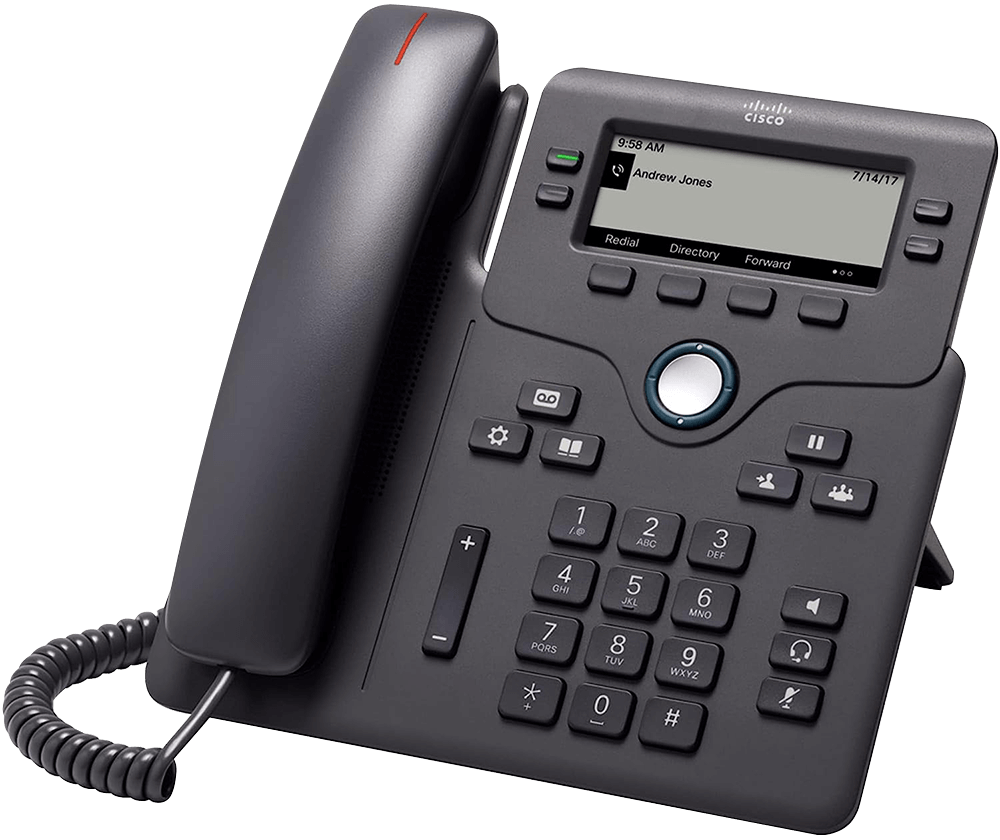VoIP
Stands for "Voice over Internet Protocol."
VoIP technology allows people to place voice calls over the Internet. It uses the Internet Protocol (IP) and other standard protocols to send voice communication digitally through data packets over the Internet, just like an email message or file transfer, instead of as an analog signal over telephone lines. VoIP is also known as IP telephony or Internet telephony.
VoIP is far more versatile than a traditional POTS telephone system. You can use dedicated VoIP telephones that look like regular analog office telephones, but connect to a computer over USB or a local network using ethernet. You can also make calls using VoIP software on a computer using a headset or a microphone/speaker setup. Mobile VoIP apps let you use a VoIP service on a smartphone alongside its mobile phone service. You can even connect an analog telephone to a VoIP service using a VoIP adapter.

Some VoIP providers limit calls to within their own network, while others allow their customers to call anyone with a standard telephone number (including international numbers). VoIP services are ideal for businesses that need a large number of voice lines in sales offices and call centers. Many ISPs offer home VoIP services as part of a bundle with home internet and television, providing a modem or router that you can plug a telephone into directly without any extra configuration or software.
Advantages and Drawbacks
VoIP has several advantages over an analog telephone system, and several drawbacks as well. First, call quality is improved because a digital system does not need to compress audio for analog transmission. Voice calls can be encrypted using the same forms of encryption used by other Internet traffic. VoIP implemented via software can include many of the same features as an advanced POTS system, like call transfering and forwarding, automatic call recording, and auto-attendants, but with easier configuration.
Unlike analog telephones, VoIP often does not work in the event of power loss due to its reliance on other network equipment like a modem and router. More importantly, calling emergency services from a VoIP number does not provide the same information to responders. Emergency calls are associated with the address on file with the VoIP provider, which is not necessarily the location that the call is coming from.
 Test Your Knowledge
Test Your Knowledge